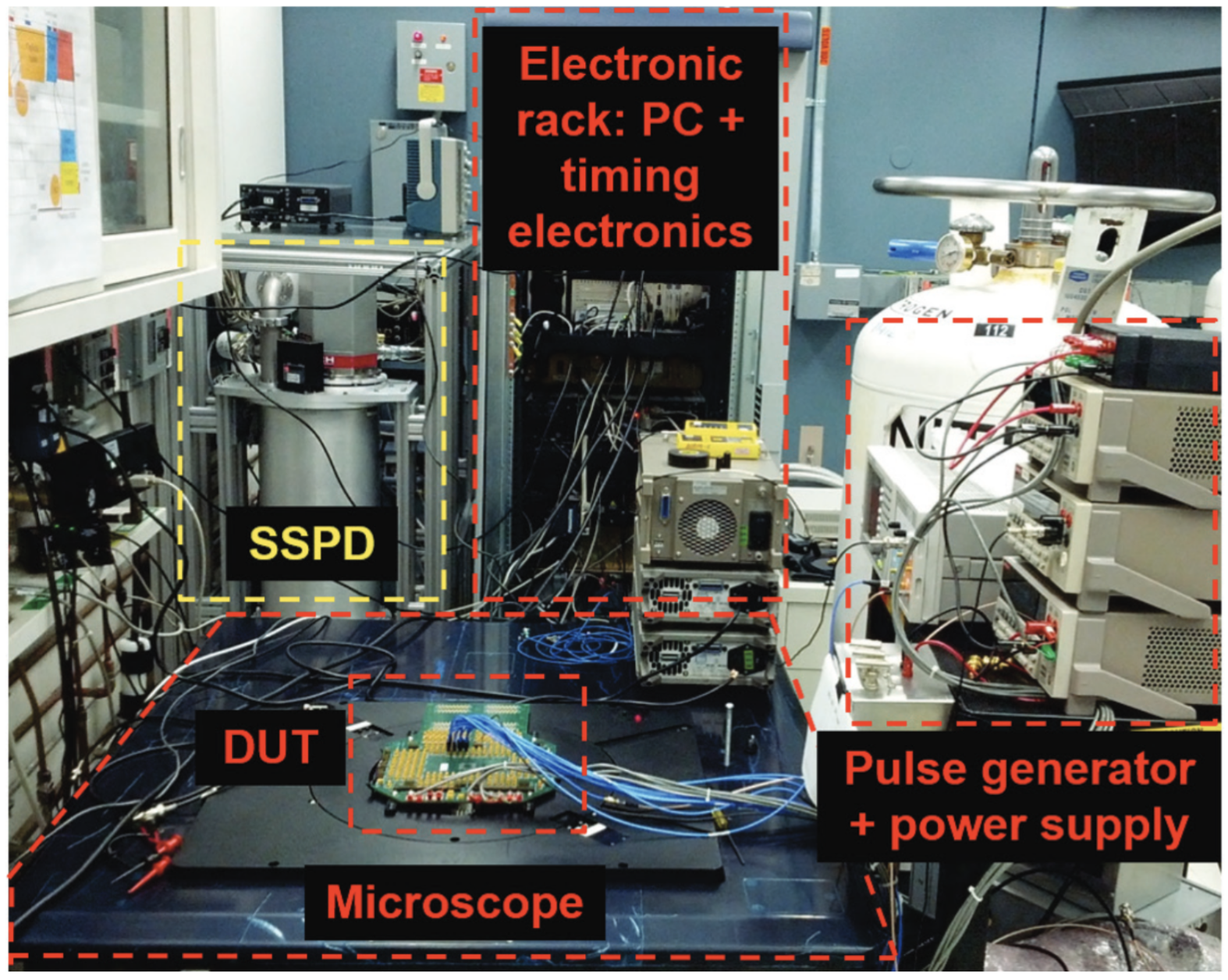solutions showcase
A selection of the many unique projects we have worked on over the past 15 years.
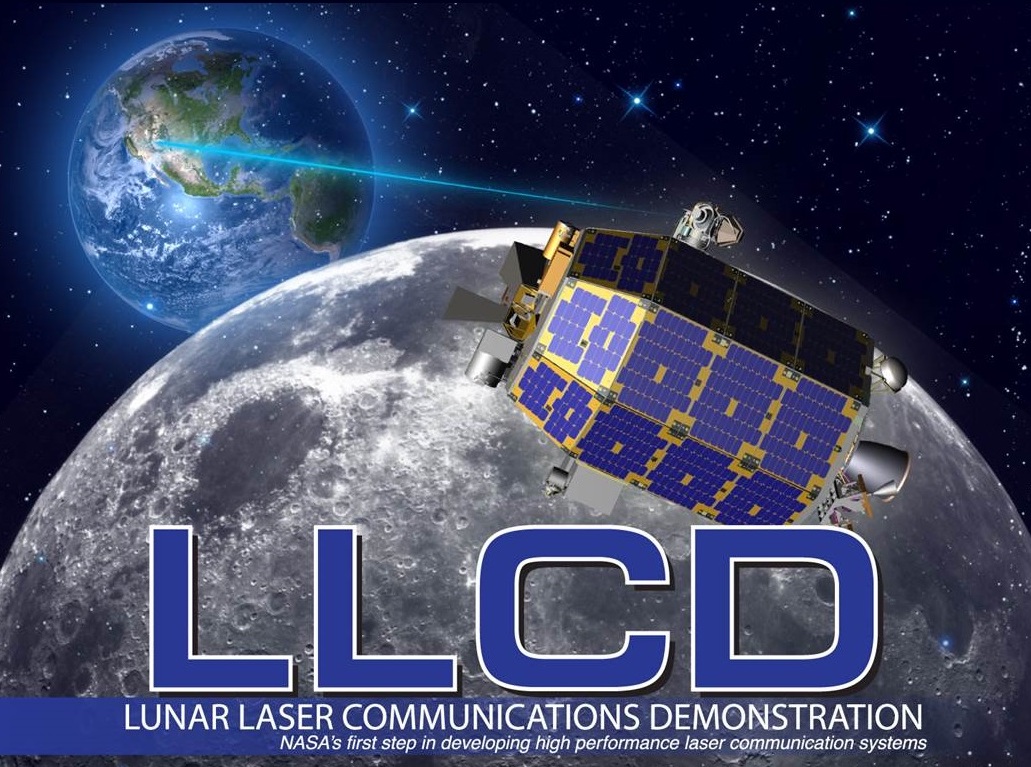
lunar laser communications demonstration (LLCD)
learn more
compact cryogenics
learn more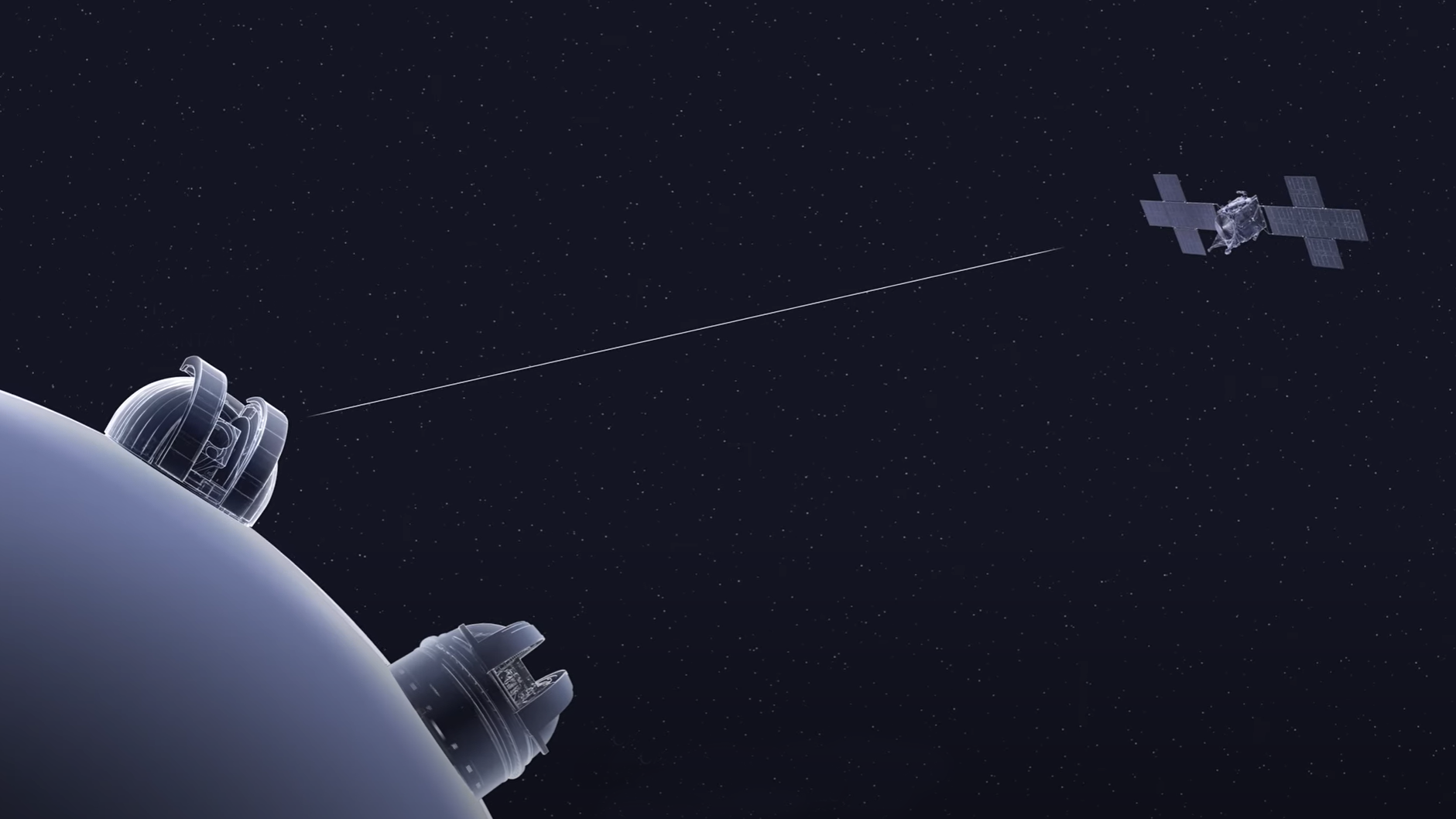
deep space optical comm (DSOC) cryo software
learn more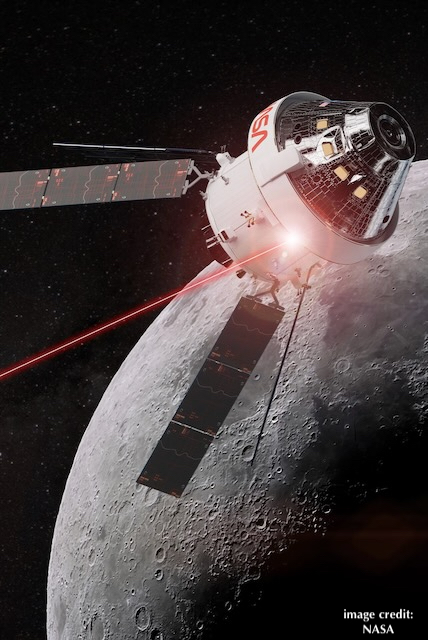
orion artemis ii optical communications system (O2O)
learn more
64 pixel snspd camera
learn more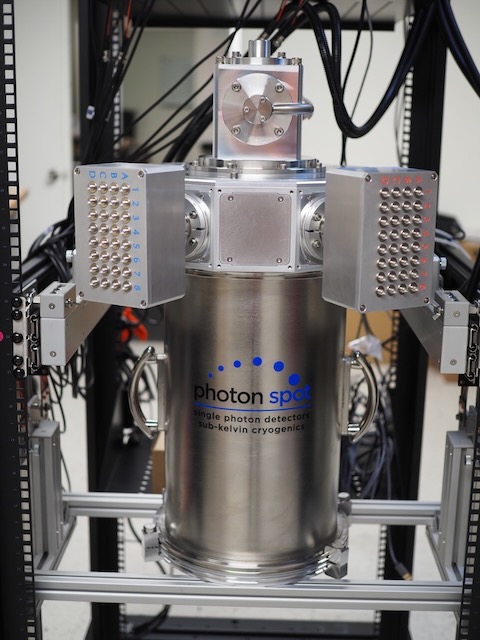
64x fiber-coupled snspd system
learn more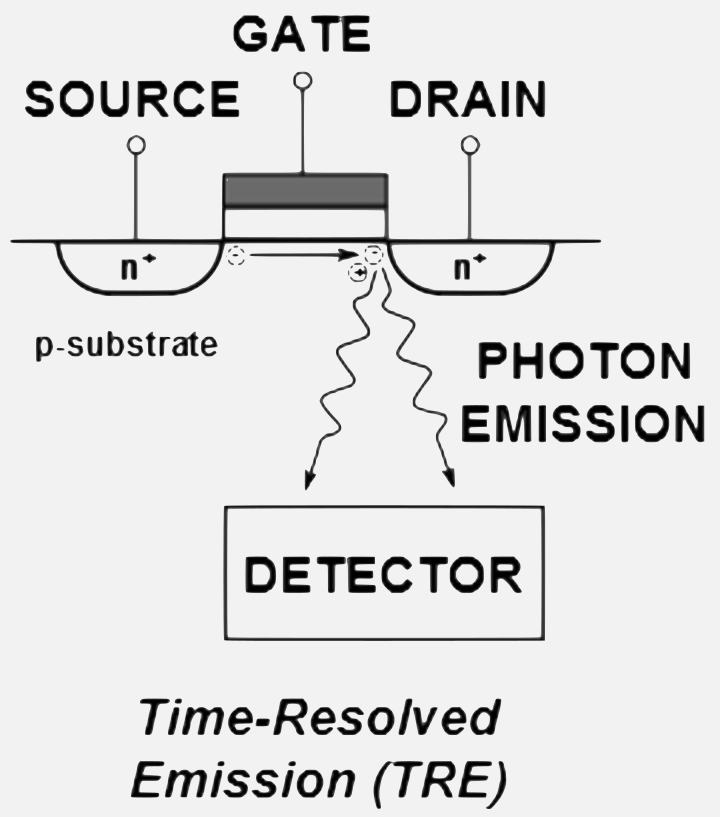
time resolved emission microscopy
learn morelunar laser communications demonstration
2013: right place, right time, right cryostat
In 2013, NASA launched the LADEE spacecraft to lunar orbit. As a part of the mission, LLCD was the first technology demonstration of a "space internet" over a laser link involving ground stations put together by MIT Lincoln Laboratory and JPL.
It turned out that the original detectors selected by JPL had technical problems. Luckily, JPL was developing SNSPD arrays that could be used for the mission, but only if they had a cryostat that could house them at the observatory with the receiving telescope.
Photon Spot was able to deliver a cryostat in an extremely short period of time. JPL successfully used their SNSPDs to demonstrate a 80 Mb/s rate downlink from the spacecraft.
Read more in the press release.
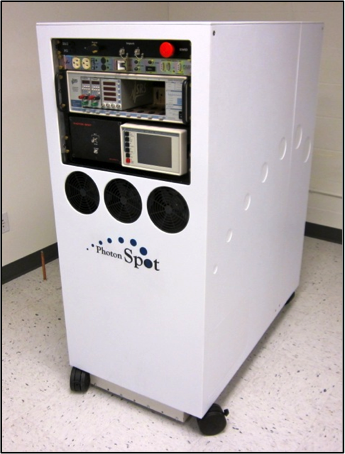

6u compact cryogenics
2016: darpa sbir phase ii project
Photon Spot was awarded a small business innovation research (SBIR) grant through DARPA to develop an innovative compact cryogenic system.
We manufactured a turn-key ~6U (10.5" / 26.7cm) tall cryogenic system, complete with a custom-built helium compressor, 800mK helium sorption fridge, 4 detectors, electronics, roughing & turbo pumps, and touch-screen control.
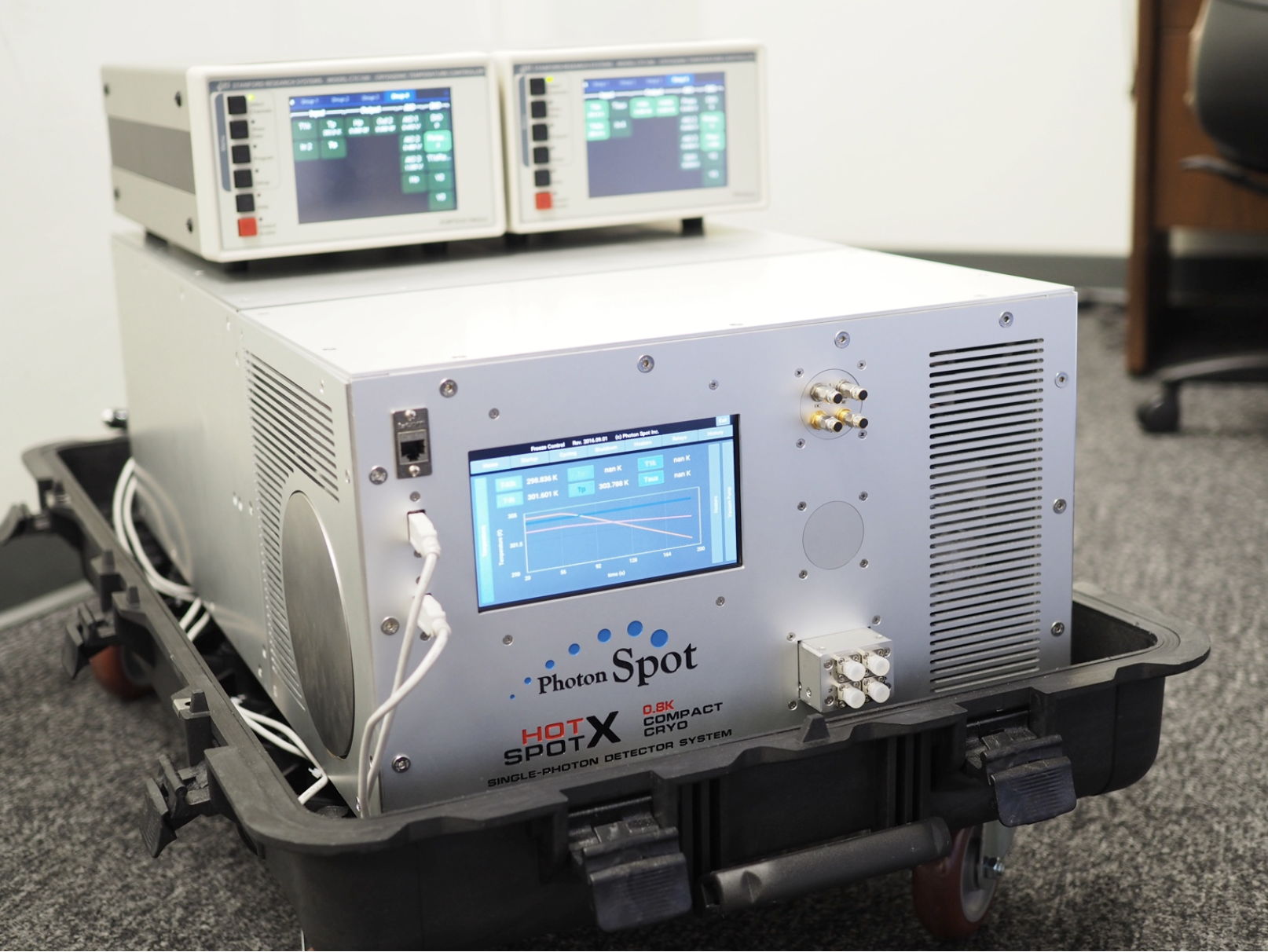
deep space optical commumications (dsoc)
2020: cryostat control software
The Psyche mission sent a spacecraft to the metal-rich asteroid Psyche located between Mars and Jupiter. Along the way, a technology demonstration (DSOC) successfully tested laser communications from inter-planetary distances.
Photon Spot developed a custom version of our FreezeControl software for controlling the cryogenic system (located in southern California) that was used to house and operate a 64-pixel SNSPD array. The array was used for detecting photons sent from the spacecraft.
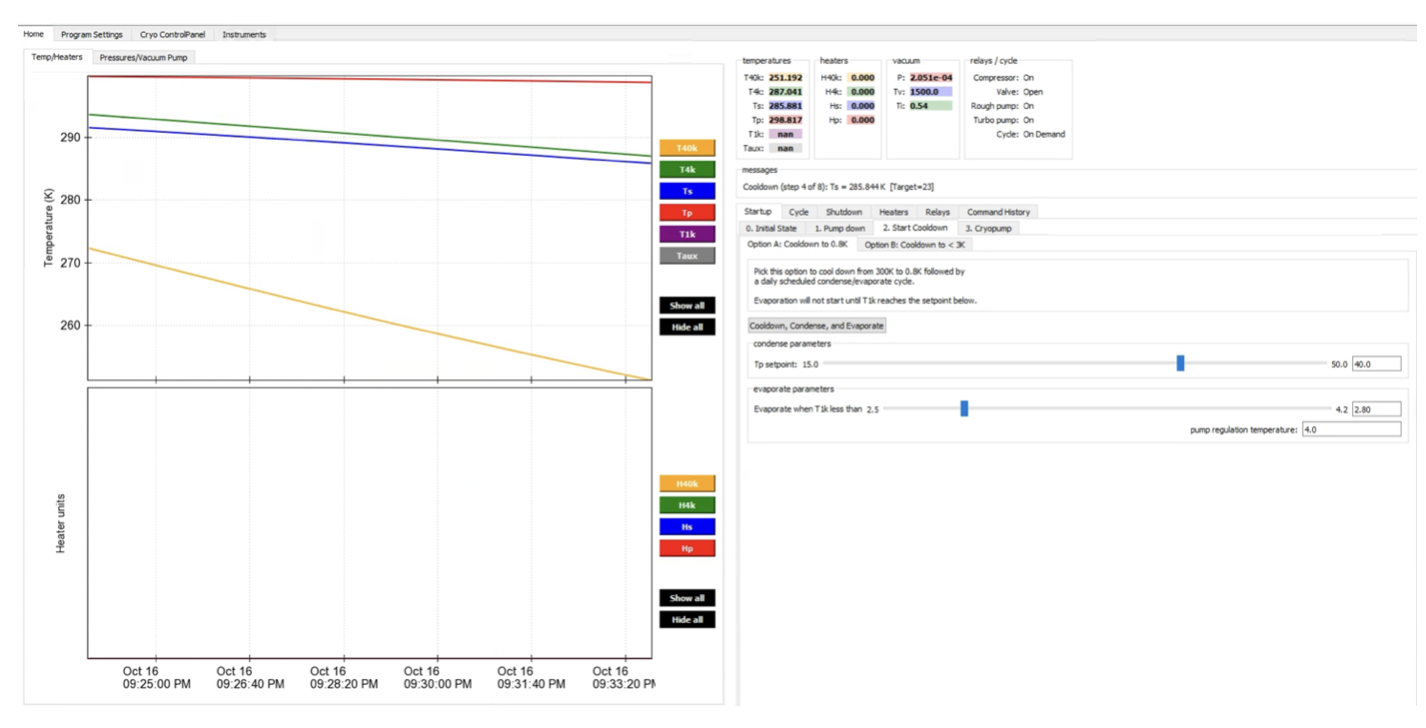
orion optical communications system (o2o)
2021-2025: snspds for the optical to orion downlink from artemis 2
The Artemis II optical communications system will demonstrate a data link from the Orion spacecraft and a ground terminal located in New Mexico. The downlink is expected to operate at a maximum data rate of 260 megabits per second.
Photon Spot, in collaboration with JPL, delivered multiple SNSPD systems to fulfill the requirements of this mission. We await the launch of Artemis II and successful deployment in 2025.
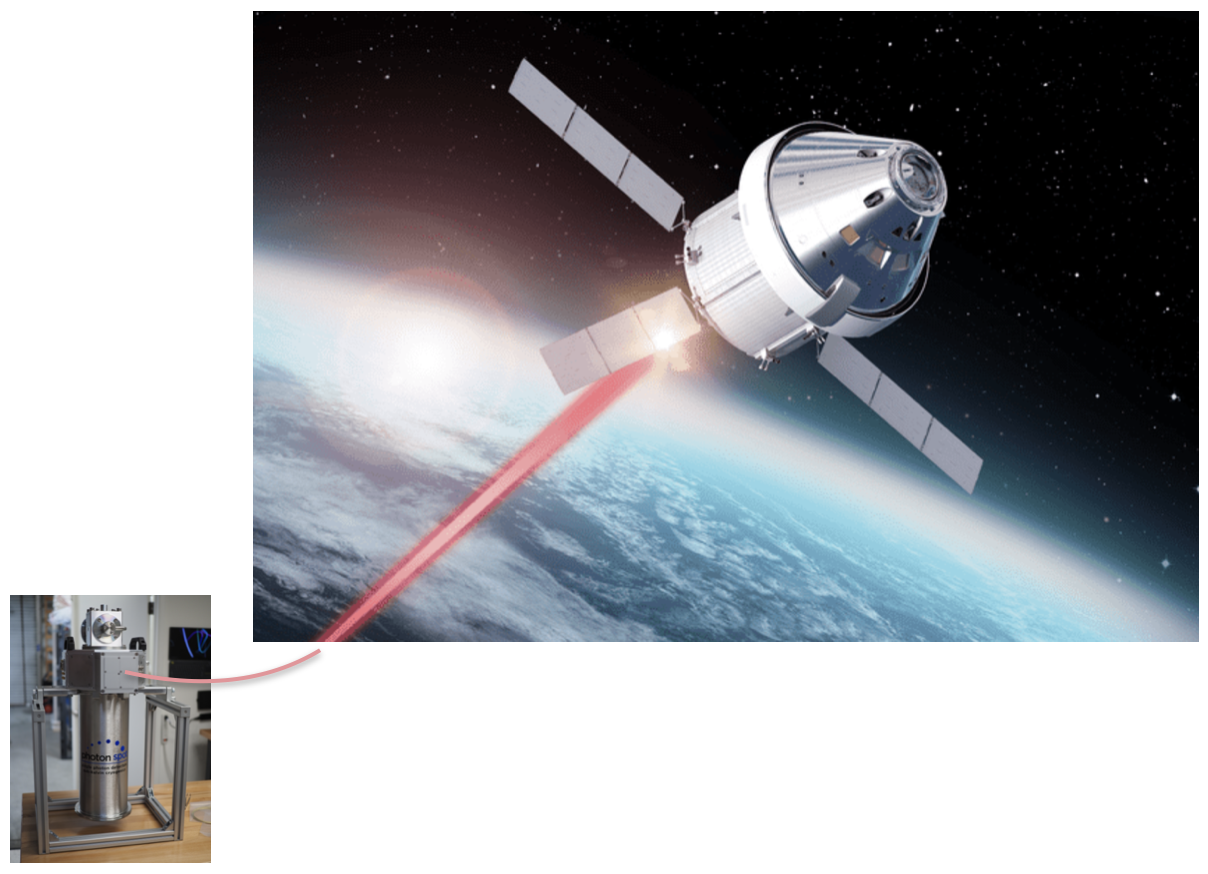
64 pixel snspd camera
2024: first commercially available detector array for heriot watt university
In collaboration with JPL, Photon Spot delivered an 8x8 imaging array housed in a compact server rack-based cryogenic system to Heriot Watt University (Edinburgh, UK).
The array has a system detection efficiency (SDE) of 65% at a wavelength of 1550 nm, a dark count rate of 20 cps per pixel, FWHM jitter of 100 ps per pixel, and a 3-dB maximum count rate of 645 Mcps, and negligible evidence of crosstalk.
The camera system will facilitate a variety of picosecond time-resolved measurement-based applications that include biomedical imaging, quantum communications, and long-range single-photon LiDAR and imaging.
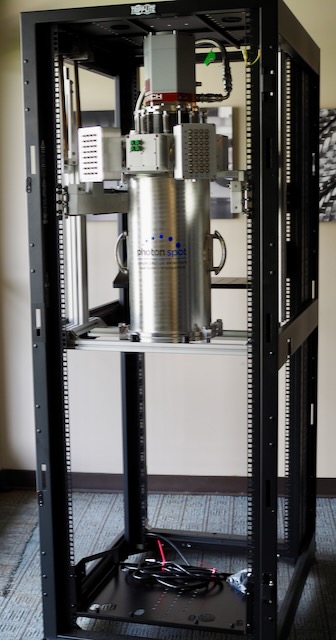
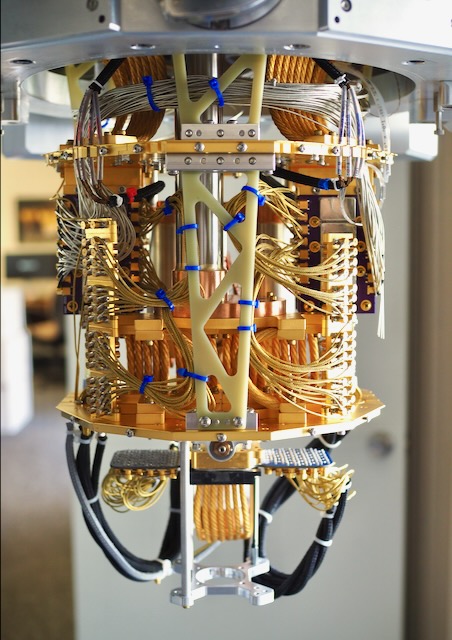
detector system with 64 individual snspds
2024: large-scale detector system for optical quantum computing
Photon Spot delivered an SNSPD system with 64 fiber-coupled SNSPDs operating at 1550nm, each with an SDE of 85% or more to Universität Stuttgart.
The detector system, including cryostat, electronics, temperature controllers, vacuum pump fit on a server rack. The helium compressor can be kept up to 15m away.
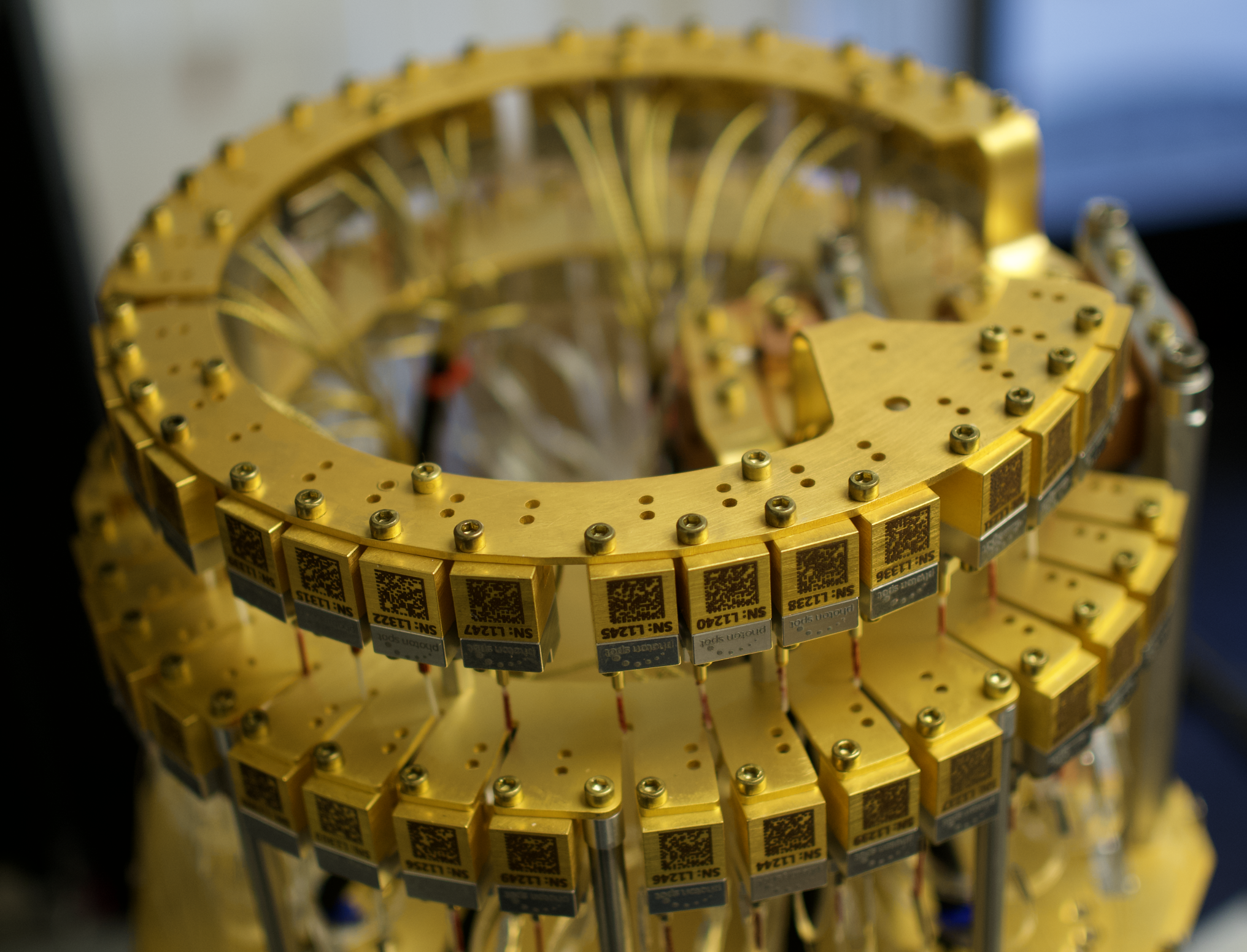

cryogenic system for time resolved emission microscopy (trem)
2012: 800mK cryostat for resolving emission from 14 nm finFET devices
Photon Spot was tasked with delivering a cryogenic system that integrated with a TREM and housed a single-pixel SNSPD, as a part of a project funded by IARPA involving DCG Systems, MIT, and IBM.
The system was successfully used to acquire TRE waveforms at a world record low-supply voltage of only 0.4 V from 14 nm finFET devices. The details were presented at ISTFA 2014 and published in the conference proceedings.
The team was awarded the prestigious Paul F. Forman Team Engineering Excellence Award in 2015 by Optica (previously known as the Optical Society).
